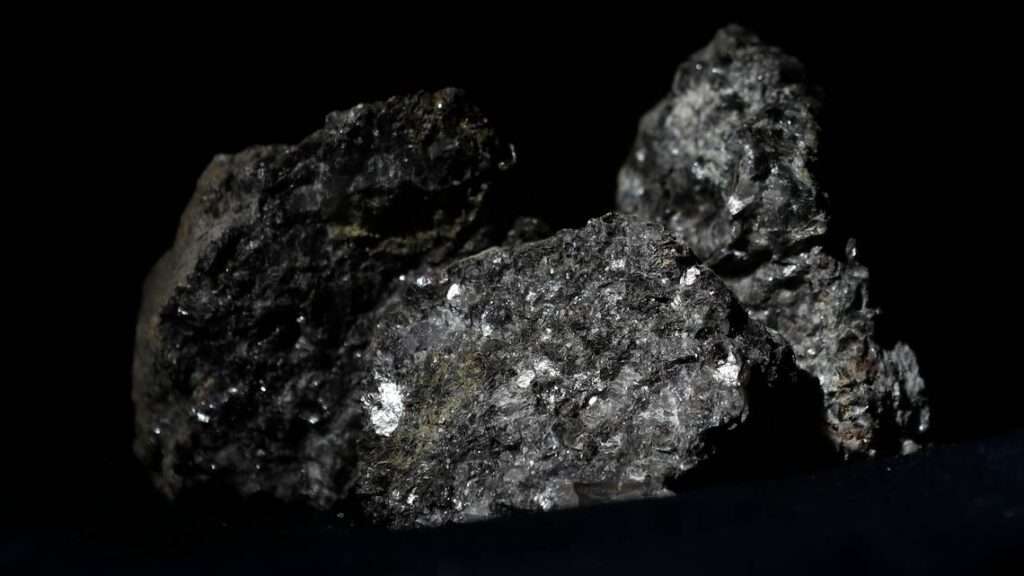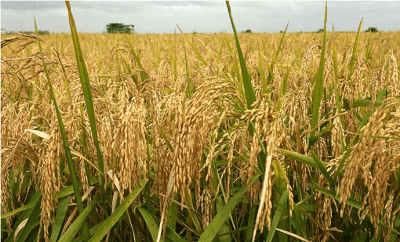Australia’s resources and energy export earnings are forecast to reach record levels, surging to A$425 billion in 2022, representing a 12 per cent rise above the December 2021 projection of A$379 billion, according to the March 2022 edition of the Resources and Energy Quarterly (REQ).
What is contributing to the favorable export earnings is the soaring demand and high prices for Australia’s energy products, triggered by a combination of factors including the war in Ukraine and bad weather conditions.
Minister for Resources, Water Keith Pitt said:
“The March 2022 REQ has found that soaring demand and high prices for Australia’s gas, coal and oil are a key contributor to our record export earnings. In short our resources sector is knocking it out of the park and underpinning our economic growth, our energy security and our national security. Critical global shortages in energy and resource commodities have led to record prices for many of our commodities.”
Water Keith Pitt
Particularly, as a major exporter of coal, the REQ noted that the escalating war in Ukraine and the ongoing La Niña weather conditions, having affected demand and supply have also pushed international coal prices to record levels. Thus, Australia’s coal export earnings are forecast to rise to about A$110 billion in 2022.
“Coal becomes only the second Australian commodity after iron ore to break through the A$100 billion annual export mark,” Pitt said.

Australia’s metallurgical coal exports are forecast to rise from 172 million tonnes to 184 million tonnes by 2027, reflecting increased production in the New South Wales and Queensland, the report noted.
Furthermore, the country’s coal export values are expected to track with price movements, rebounding from A$24 billion in 2021 to peak above A$60 billion in 2022, before losing its momentum to A$26 billion by 2027.
Despite a decline in Australia’s thermal coal exports from 213 million tonnes in 2020, exports are expected to recover to a 204-207 million tonne range over the forecast period. Meanwhile, rising prices are expected to push export values to a peak of A$45 billion in 2022, with a slow-paced easing to a more typical level of around A$15 billion (in real terms) by 2027.
LNG, Lithium Export Earnings to Rise
Export earnings for Liquefied natural gas (LNG) are forecast to surge to A$70 billion in 2022 from A$30 billion in 2021, and $82 billion in 2022/2023 as oil-price linked contract prices surge. That said, LNG export earnings are expected to return to around A$52 billion by the end of the forecast period.
The REQ also highlighted the rise in export volumes, forecast to reach 82 million tonnes in 2022, but as technical issues offset higher capacity utilization at other plants, volumes should then trim to around 79-81 million tonnes, the REQ stated.
Regards exports of commodities such as lithium, copper and nickel, Pitt said earnings will potentially exceed A$23 billion in 2022, which would be an increase of 38 per cent on 2021 earnings. With such huge increases in earnings, “these forecasts again confirm just how important Australia’s resources and energy sector is to the nation’s economic security,” the Minister reiterated.

Australia’s lithium production is projected to more than treble over the outlook period, rising from 224,000 tonnes of lithium carbonate equivalent (LCE) in 2021 to 692,000 tonnes of LCE in 2027. Its nickel export volumes are forecast to rise from 273,000 tonnes in 2022 to 326,000 tonnes in 2027. The REQ stated that higher nickel prices may propel nickel production to capitalize on the movement towards low-emission technologies.
Australia’s copper exports are also forecast to fall to 843,000 tonnes in 2022, and later to rise to about 1 million tonnes in 2027. Gold production is expected to reach 374 tonnes by 2027 as lower gold prices over the period reduces the real value of gold exports to A$22 billion in 2027.
Pitt said: “These record earnings will keep the benefits flowing to all Australians, including through company taxes, the taxes paid by the more than 270,000 people in high paying resources jobs, the more than one-million in indirect jobs generated by the sector and the royalties the states and the Northern Territory use to pay for services such as the hospitals, roads and schools across regional Australia.”
READ ALSO: Russia: Exxon Mobil Hints Record Profit for Q1 2022 as Energy Prices Surge






















